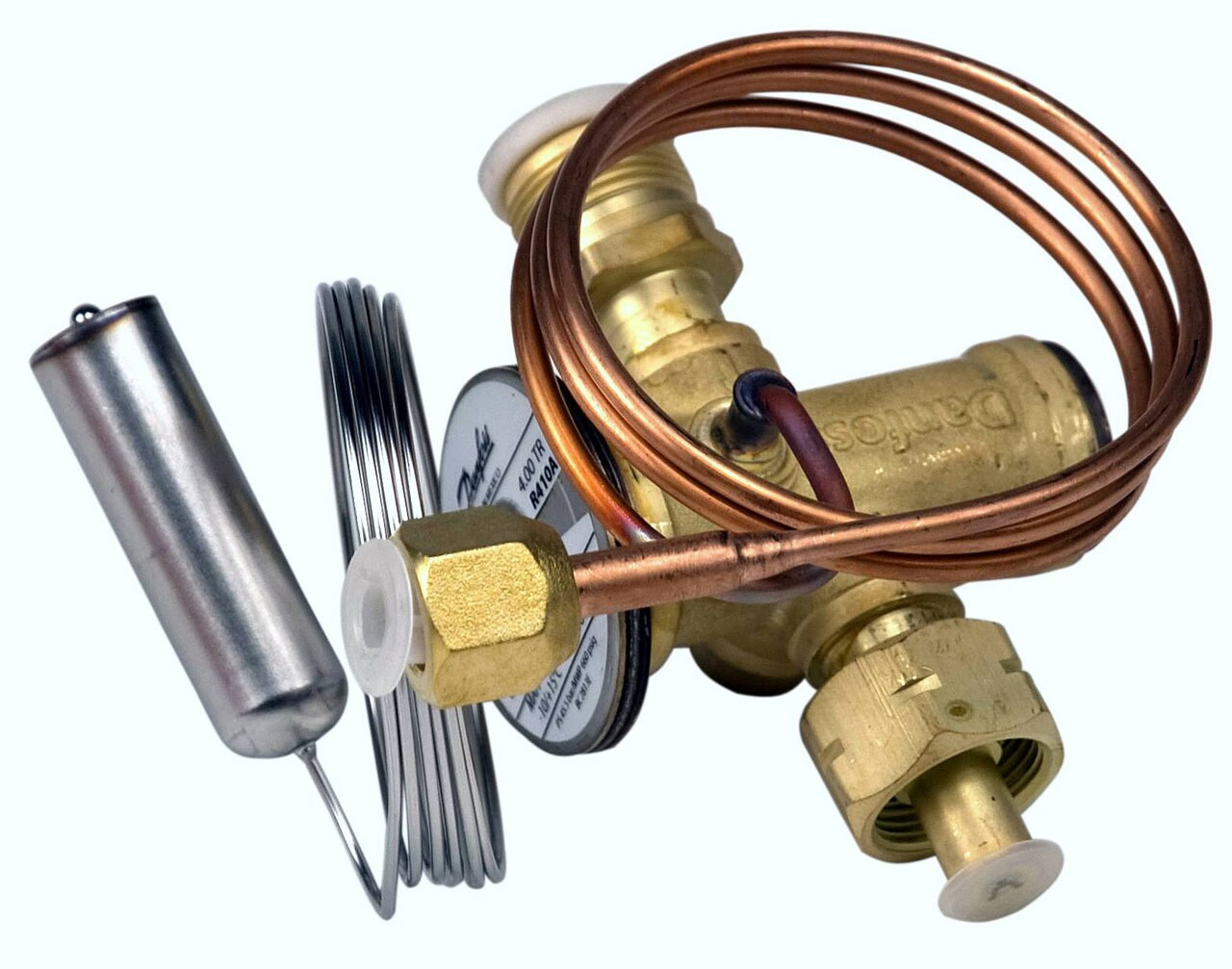

Articles
What Is TXV In HVAC
Modified: December 7, 2023
Discover the ins and outs of TXV in HVAC systems with our informative articles. Gain valuable insights and enhance your understanding of this essential component.
(Many of the links in this article redirect to a specific reviewed product. Your purchase of these products through affiliate links helps to generate commission for Storables.com, at no extra cost. Learn more)
Introduction
In the world of heating, ventilation, and air conditioning (HVAC), there are several key components that play a crucial role in ensuring the efficient operation of the system. One such component is the Thermostatic Expansion Valve (TXV). While often overlooked, the TXV is an essential part of the HVAC system that helps regulate the flow of refrigerant and maintain optimal system performance.
In this article, we will delve deeper into the TXV and explore its function, working mechanism, and importance in HVAC systems. We will also discuss common signs of a malfunctioning TXV and provide tips for troubleshooting and maintenance.
Whether you are a homeowner, HVAC technician, or simply interested in learning more about HVAC systems, understanding the role of the TXV can help you make informed decisions regarding system maintenance and repair. So, let’s get started and unravel the mystery behind this critical component of your HVAC system.
Key Takeaways:
- The Thermostatic Expansion Valve (TXV) is a crucial component of HVAC systems, regulating refrigerant flow to ensure efficient cooling or heating, consistent temperature, and compressor protection.
- Regular maintenance and troubleshooting of the TXV are essential for optimal system performance, energy efficiency, and early detection of potential issues. Consulting a professional HVAC technician is recommended for thorough inspections and repairs.
Read more: What Is A HVAC Contractor
Understanding HVAC Systems
Before we dive into the specifics of the Thermostatic Expansion Valve (TXV), it’s important to have a basic understanding of HVAC systems. HVAC stands for heating, ventilation, and air conditioning and is designed to provide a comfortable indoor environment regardless of the outside weather conditions.
An HVAC system consists of several interconnected components that work together to regulate temperature, humidity, and air quality. These components include the furnace or heat pump, air conditioner, ductwork, air filters, thermostat, and of course, the TXV.
The furnace or heat pump is responsible for heating the air during colder months, while the air conditioner cools the air during hotter months. The air is circulated through the ductwork, which serves as a pathway for the conditioned air to reach all areas of the building. The air filters ensure that the air being circulated is free from dust, allergens, and other contaminants, while the thermostat allows users to adjust the desired temperature and control the HVAC system.
Now that we have a general idea of how HVAC systems work, let’s explore the role of the TXV in this complex system.
The Role of a TXV in HVAC
The Thermostatic Expansion Valve (TXV) is a small but critical component of an HVAC system. Its main function is to regulate the flow of refrigerant into the evaporator coil, ensuring that the right amount of refrigerant is delivered to the system at any given time.
Why is this important? Well, the TXV plays a significant role in maintaining the efficiency and performance of the HVAC system. Without proper regulation of the refrigerant flow, the system may experience issues such as poor cooling or heating performance, inefficient energy usage, and potential compressor damage.
The TXV achieves this regulation by responding to changes in temperature and pressure within the system. It controls the flow of refrigerant by adjusting the size of the opening through which the refrigerant flows. When the demand for cooling or heating increases, the TXV will open wider to allow more refrigerant to flow into the evaporator coil. Conversely, when the demand decreases, the TXV will close partially to reduce the flow of refrigerant.
This precise control over the refrigerant flow is essential for maintaining the desired temperature and ensuring that the system operates at optimal efficiency. By delivering the right amount of refrigerant to the evaporator coil, the TXV helps the system achieve balanced cooling or heating, preventing fluctuations in temperature and excessive energy consumption.
In addition to regulating the refrigerant flow, the TXV also acts as a pressure regulator. It helps maintain the appropriate pressure levels in the system, preventing the compressor from overworking and potentially sustaining damage.
Overall, the TXV is a vital component that contributes to the overall performance, energy efficiency, and longevity of an HVAC system. It ensures that the system operates at the right capacity, delivering optimal comfort while keeping energy consumption in check.
How Does a TXV Work?
Now that we understand the importance of the Thermostatic Expansion Valve (TXV) in HVAC systems, let’s take a closer look at how it actually works.
The TXV operates based on the principles of thermal expansion and pressure regulation. It consists of several key components that work together to control the flow of refrigerant into the evaporator coil.
The main components of a TXV include:
- Sensing bulb: The sensing bulb is a small bulb-shaped device attached to the suction line of the evaporator coil. It contains a temperature-sensitive liquid (usually a blend of refrigerant and liquid) that expands or contracts with changes in evaporator coil temperature.
- Capillary tube: The capillary tube connects the sensing bulb to the body of the TXV. It allows the pressure created by the temperature-sensitive liquid in the sensing bulb to be transmitted to the diaphragm inside the TXV.
- Diaphragm: The diaphragm is a flexible membrane located inside the TXV. It is responsible for opening and closing the valve based on the pressure changes transmitted from the sensing bulb via the capillary tube.
- Valve body: The valve body contains the valve seat and the moveable valve pin. When the diaphragm moves in response to pressure changes, it adjusts the position of the valve pin, controlling the flow of refrigerant.
Now let’s see how these components work together:
- As the temperature inside the evaporator coil changes, the temperature-sensitive liquid in the sensing bulb expands or contracts.
- Expansion or contraction of the liquid affects the pressure inside the sensing bulb, which is transmitted through the capillary tube to the diaphragm.
- Based on the pressure changes, the diaphragm moves, adjusting the position of the valve pin in the valve body.
- When the demand for cooling or heating increases, the diaphragm moves to open the valve, allowing more refrigerant to flow into the evaporator coil.
- Conversely, when the demand decreases, the diaphragm moves to close the valve, restricting the flow of refrigerant.
This continuous adjustment of the valve position allows the TXV to control the flow of refrigerant and maintain optimal system performance. By responding to changes in temperature and pressure, the TXV ensures that the right amount of refrigerant is delivered to the evaporator coil, promoting efficient and balanced cooling or heating.
Overall, the TXV’s operation is based on the principle of expanding and contracting temperature-sensitive liquid, which controls the movement of the diaphragm and the position of the valve, ultimately regulating the flow of refrigerant in the HVAC system.
Components of a TXV
The Thermostatic Expansion Valve (TXV) is comprised of several key components that work together to regulate the flow of refrigerant in an HVAC system. Understanding these components is essential to grasp how the TXV functions. Let’s explore the main components:
- Sensing bulb: The sensing bulb is a small but crucial component of the TXV. It is attached to the suction line of the evaporator coil and contains a temperature-sensitive liquid. As the temperature changes, the liquid inside the sensing bulb expands or contracts, allowing the TXV to respond accordingly.
- Capillary tube: The capillary tube connects the sensing bulb to the main body of the TXV. It serves as a conduit for the pressure changes caused by the expanding or contracting liquid in the sensing bulb. This pressure transfer ensures that the TXV can accurately regulate the flow of refrigerant.
- Diaphragm: The diaphragm is a flexible membrane located inside the TXV. It is connected to the valve pin and moves in response to pressure changes transmitted from the sensing bulb. The diaphragm’s movement manipulates the valve pin to adjust the flow of refrigerant, maintaining optimal system performance.
- Valve body: The valve body houses the valve seat and the valve pin. The valve seat is an adjustable port that controls the flow of refrigerant, while the valve pin moves in conjunction with the diaphragm. When the diaphragm shifts, the valve pin modulates the size of the opening, regulating the flow of refrigerant in response to changing system conditions.
These components work in harmony to ensure that the TXV accurately regulates the flow of refrigerant throughout the HVAC system. The sensing bulb, connected to the evaporator coil, detects temperature changes. The capillary tube transmits the resulting pressure changes to the diaphragm, causing it to move. As the diaphragm displaces, it alters the position of the valve pin in the valve body, directly influencing the flow of refrigerant.
The interaction among these components is critical for maintaining a balanced and efficient HVAC system. The sensing bulb continuously monitors the temperature inside the evaporator coil, allowing the TXV to adjust the refrigerant flow accordingly. This precise control ensures that the system delivers the appropriate amount of cooling or heating required, optimizing energy efficiency and enhancing overall performance.
It’s important to note that the specific design and configuration of TXV components may vary depending on the manufacturer and model. However, their fundamental purpose remains the same – to enable precise regulation of refrigerant flow in an HVAC system.
With a clear understanding of the components of a TXV, we can now appreciate the role they play in maintaining an effectively functioning HVAC system.
When troubleshooting HVAC systems, always check the TXV (Thermal Expansion Valve) for proper operation. A malfunctioning TXV can cause issues with system performance and efficiency.
Read more: What Is A HVAC System?
Importance of a Properly Functioning TXV
A properly functioning Thermostatic Expansion Valve (TXV) is crucial for the optimal performance and efficiency of an HVAC system. This small but vital component plays a significant role in regulating the flow of refrigerant, ensuring that the system operates at its best. Let’s explore why a properly functioning TXV is of utmost importance:
- Efficient Cooling and Heating: The TXV controls the flow of refrigerant into the evaporator coil, ensuring that the right amount of refrigerant is delivered based on the system’s cooling or heating demands. This precision in refrigerant flow helps achieve efficient cooling or heating, maintaining a comfortable indoor temperature without unnecessary energy waste.
- System Performance: A properly functioning TXV maintains consistent evaporator coil temperature, preventing fluctuations that can impact system performance. By regulating the refrigerant flow, the TXV enables the system to consistently deliver the desired cooling or heating output, resulting in enhanced overall performance.
- Energy Efficiency: With its ability to precisely control the refrigerant flow, the TXV promotes energy efficiency. By delivering the right amount of refrigerant to the evaporator coil, the system can operate at its optimal capacity without wasting energy. This not only reduces utility costs but also minimizes the environmental impact.
- Compressor Protection: The TXV helps protect the compressor, which is one of the most critical components in an HVAC system. Improper refrigerant flow can lead to issues such as liquid floodback or compressor overheating. The TXV’s precise regulation ensures that the compressor is not overworked and operates within its designed parameters, prolonging its lifespan.
- Consistent Temperature: A malfunctioning TXV can result in uneven cooling or heating throughout the space. Inconsistent temperature distribution can lead to discomfort and dissatisfaction among occupants. A properly functioning TXV ensures that the HVAC system delivers balanced cooling or heating, maintaining a consistent and comfortable indoor environment.
In summary, a properly functioning TXV is essential for efficient cooling or heating, optimal system performance, energy efficiency, compressor protection, and consistent temperature control. Regular maintenance and troubleshooting of the TXV can help identify any issues and ensure that it operates at its best, contributing to the overall effectiveness of the HVAC system.
Understanding the importance of a properly functioning TXV emphasizes the need for regular inspections and professional maintenance to detect and address any potential problems promptly. By doing so, you can enjoy the full benefits of an efficient and reliable HVAC system.
Signs of a Malfunctioning TXV
A malfunctioning Thermostatic Expansion Valve (TXV) can have a significant impact on the performance and efficiency of an HVAC system. Being aware of the signs of a malfunctioning TXV can help you identify and address issues promptly. Here are some common signs to watch out for:
- Inconsistent Cooling or Heating: If you notice inconsistent temperature levels throughout your space, with some areas being too cold or too hot, it could be a sign of a malfunctioning TXV. The TXV regulates the flow of refrigerant, and a malfunction can disrupt the balance of cooling or heating in the system.
- Poor Cooling or Heating Performance: A malfunctioning TXV may result in reduced cooling or heating performance. If you experience inadequate cooling or heating, despite the system running, it could indicate a problem with the TXV.
- Excessive Cycling: An HVAC system with a malfunctioning TXV may exhibit frequent and rapid cycling. This means that the system turns on and off more frequently than usual, leading to inconsistent temperature control and energy wastage.
- Frozen Evaporator Coil: A malfunctioning TXV can cause the evaporator coil to freeze. If you notice ice or frost on the coil, it indicates an issue with refrigerant flow, possibly due to a malfunctioning TXV.
- High or Low System Pressures: A malfunctioning TXV can result in abnormal pressures within the HVAC system. High system pressures can strain the compressor and other components, while low system pressures can indicate insufficient refrigerant flow.
- Unusual Noise: If you hear unusual noises coming from your HVAC system, such as hissing or gurgling sounds, it could be a sign of a malfunctioning TXV. These noises may indicate refrigerant flow issues associated with a faulty valve.
- Inefficient Energy Usage: A malfunctioning TXV can lead to inefficient energy usage, resulting in higher utility bills. If you notice a sudden increase in energy consumption without a corresponding change in usage patterns, it’s worth investigating the TXV as a potential culprit.
If you observe any of these signs, it’s important to consult a professional HVAC technician. They have the expertise to diagnose the issue and perform the necessary repairs or replacements. Early detection and resolution of TXV problems can prevent further damage to the system’s components and restore optimal performance and energy efficiency.
Remember, the signs mentioned above can also be indicative of other HVAC issues. Therefore, it’s crucial to rely on the expertise of a qualified professional to conduct a thorough inspection and accurately diagnose the problem.
Regular maintenance and inspections can help catch TXV issues before they escalate, ensuring that your HVAC system operates smoothly and efficiently.
Troubleshooting and Maintenance of a TXV
Troubleshooting and regular maintenance of the Thermostatic Expansion Valve (TXV) in an HVAC system are essential to ensure its proper functioning and extend its lifespan. Here are some important tips for troubleshooting and maintaining a TXV:
- Perform Regular Inspections: Schedule regular inspections with a qualified HVAC technician to examine the TXV and the overall system. A thorough inspection can help identify any potential issues or signs of a malfunctioning TXV before they escalate.
- Monitor Temperature and Pressure: Keep an eye on temperature and pressure readings in your HVAC system. Abnormal temperature fluctuations or pressure levels can be indicators of a problem with the TXV.
- Check Refrigerant Levels: Ensure that the refrigerant levels are within the manufacturer’s recommended range. Low refrigerant levels may indicate a leak or an issue with the TXV. If you suspect a refrigerant leak, consult a professional HVAC technician for further inspection and repairs.
- Clean and Inspect the Sensing Bulb: The sensing bulb of the TXV is exposed to extreme temperatures and can become dirty or coated with grime over time. Regularly clean and inspect the sensing bulb to ensure it is free from any obstructions that may affect its accuracy.
- Verify Properly Tightened Connections: Check all connections associated with the TXV to ensure they are properly tightened. Loose connections can cause refrigerant leaks or disrupt the flow, affecting the TXV’s performance.
- Clear Blockages: Check for any blockages in the TXV or the refrigerant lines. Debris or restrictions in the flow path can hinder the TXV’s functionality. Clear any blockages and ensure smooth refrigerant flow.
- Consider Temperature and Load Changes: When troubleshooting the TXV, consider the relationship between temperature changes and system load. Changes in the load demand or extreme ambient temperatures can affect the TXV’s operation. Adjusting the superheat or subcooling levels may be required to optimize its performance under varying conditions.
- Consult a Professional: If you encounter persistent issues with the TXV or you are unsure about troubleshooting steps, it is best to seek the assistance of a professional HVAC technician. They have the knowledge and expertise to diagnose and resolve complex TXV problems.
Remember, troubleshooting and maintenance of the TXV should be conducted by qualified professionals who are trained in working with HVAC systems. They have the necessary tools, experience, and knowledge to identify and address issues effectively, ensuring the optimal performance and longevity of the TXV and the entire HVAC system.
By following proper troubleshooting and maintenance practices, you can catch potential problems early, prevent further damage, and ensure that your HVAC system operates efficiently and reliably.
Conclusion
The Thermostatic Expansion Valve (TXV) is a critical component of an HVAC system that plays a vital role in regulating the flow of refrigerant. Understanding the function, operation, and importance of a properly functioning TXV is essential for maintaining optimal performance and energy efficiency in your HVAC system.
We’ve explored the various aspects of the TXV, including its role in HVAC systems, how it works, its components, and the signs of a malfunctioning TXV. We’ve also discussed the importance of regular troubleshooting and maintenance to ensure that the TXV operates at its best.
A properly functioning TXV helps achieve efficient cooling or heating, maintains consistent temperature levels, and protects the compressor from overworking. It optimizes energy usage, leading to cost savings and reduced environmental impact.
By monitoring temperature and pressure, conducting regular inspections, cleaning the sensing bulb, checking for blockages, and consulting with HVAC professionals, you can ensure the proper functioning and longevity of the TXV in your HVAC system.
Remember, should you encounter signs of a malfunctioning TXV or require assistance with troubleshooting and maintenance, it is always recommended to consult with a qualified HVAC technician. They have the expertise and knowledge to diagnose and resolve any issues with the TXV or the overall HVAC system.
With regular care and attention to the TXV, you can maximize the efficiency and performance of your HVAC system, creating a comfortable and enjoyable environment for years to come.
Frequently Asked Questions about What Is TXV In HVAC
Was this page helpful?
At Storables.com, we guarantee accurate and reliable information. Our content, validated by Expert Board Contributors, is crafted following stringent Editorial Policies. We're committed to providing you with well-researched, expert-backed insights for all your informational needs.
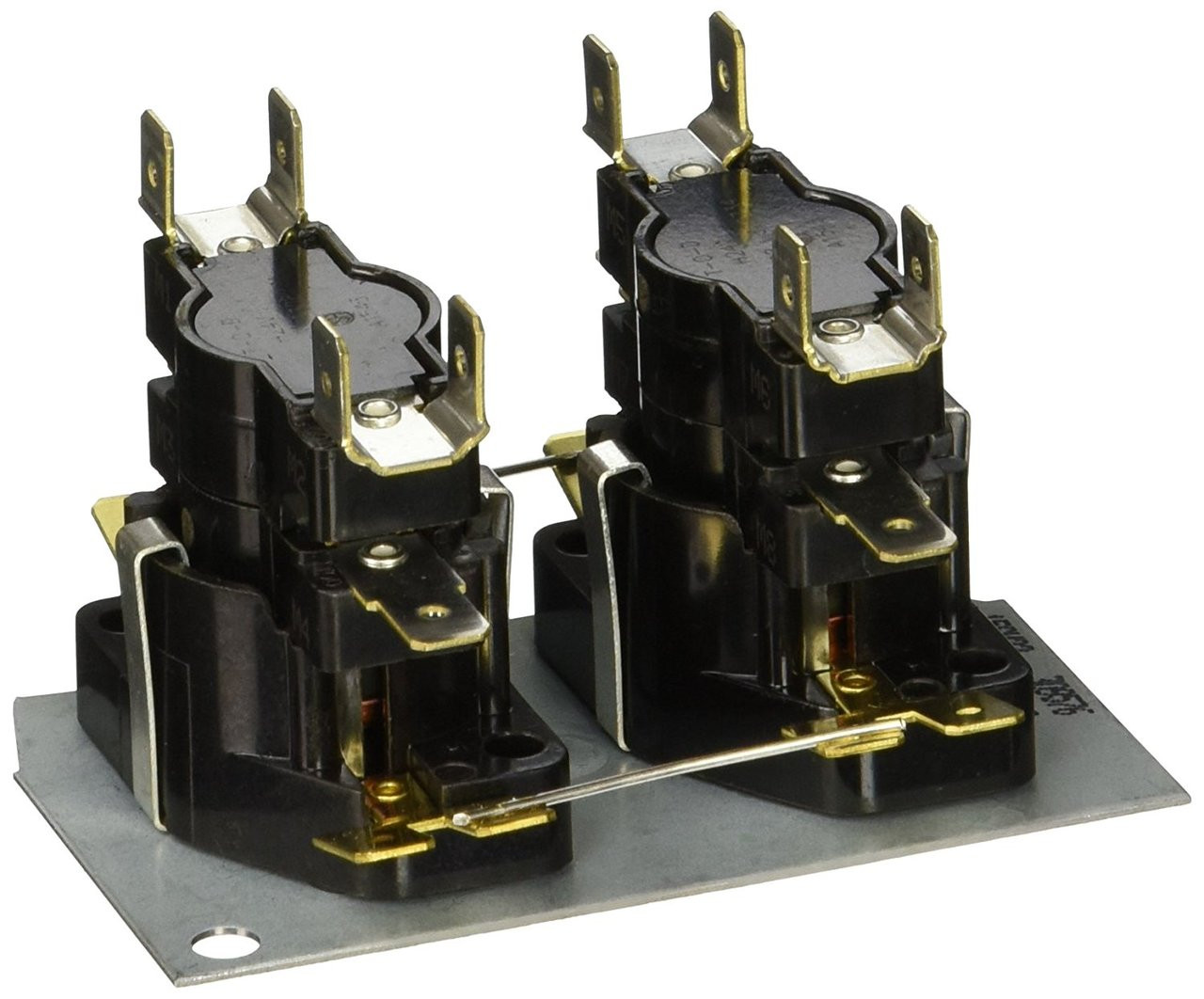
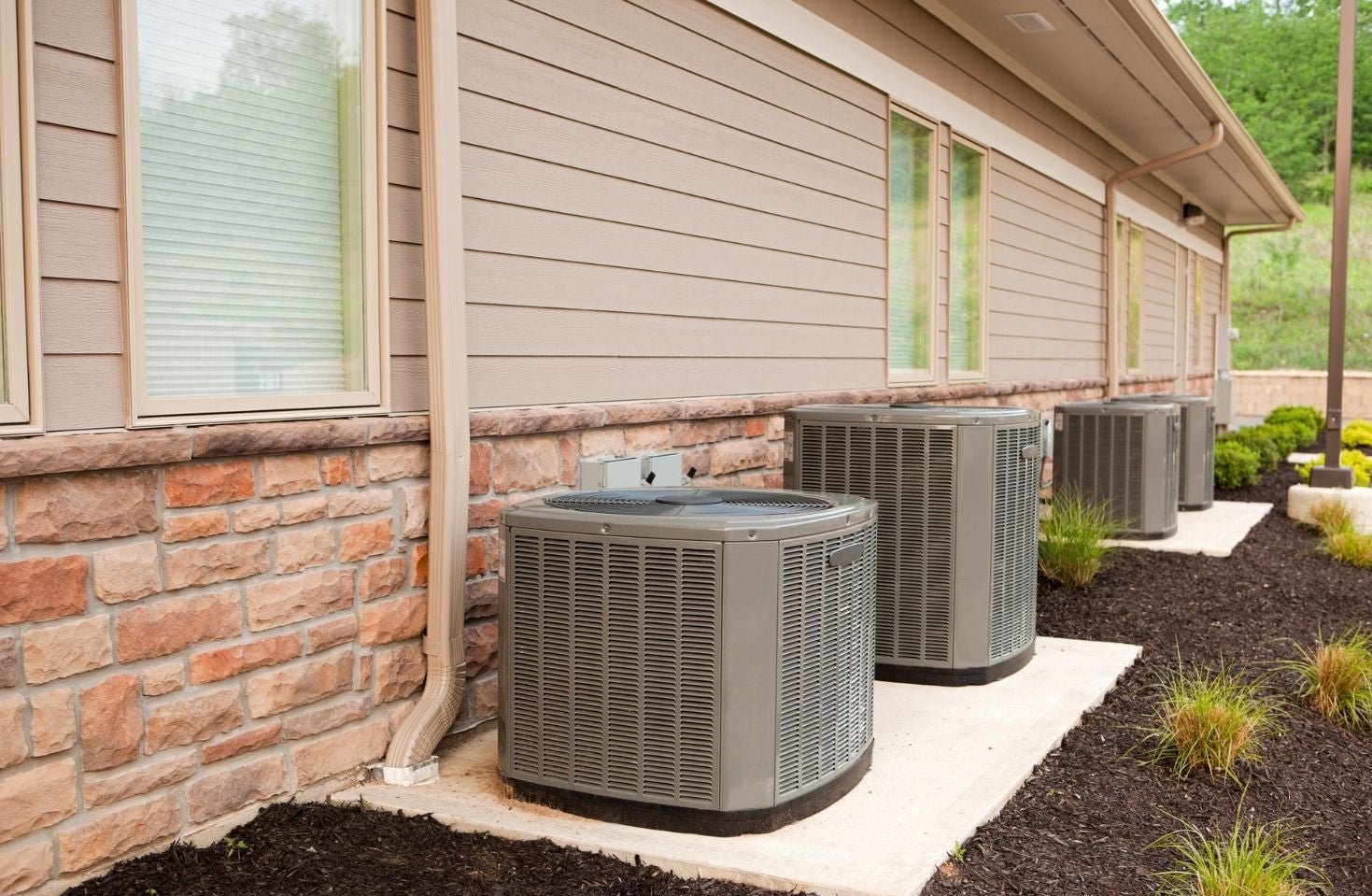

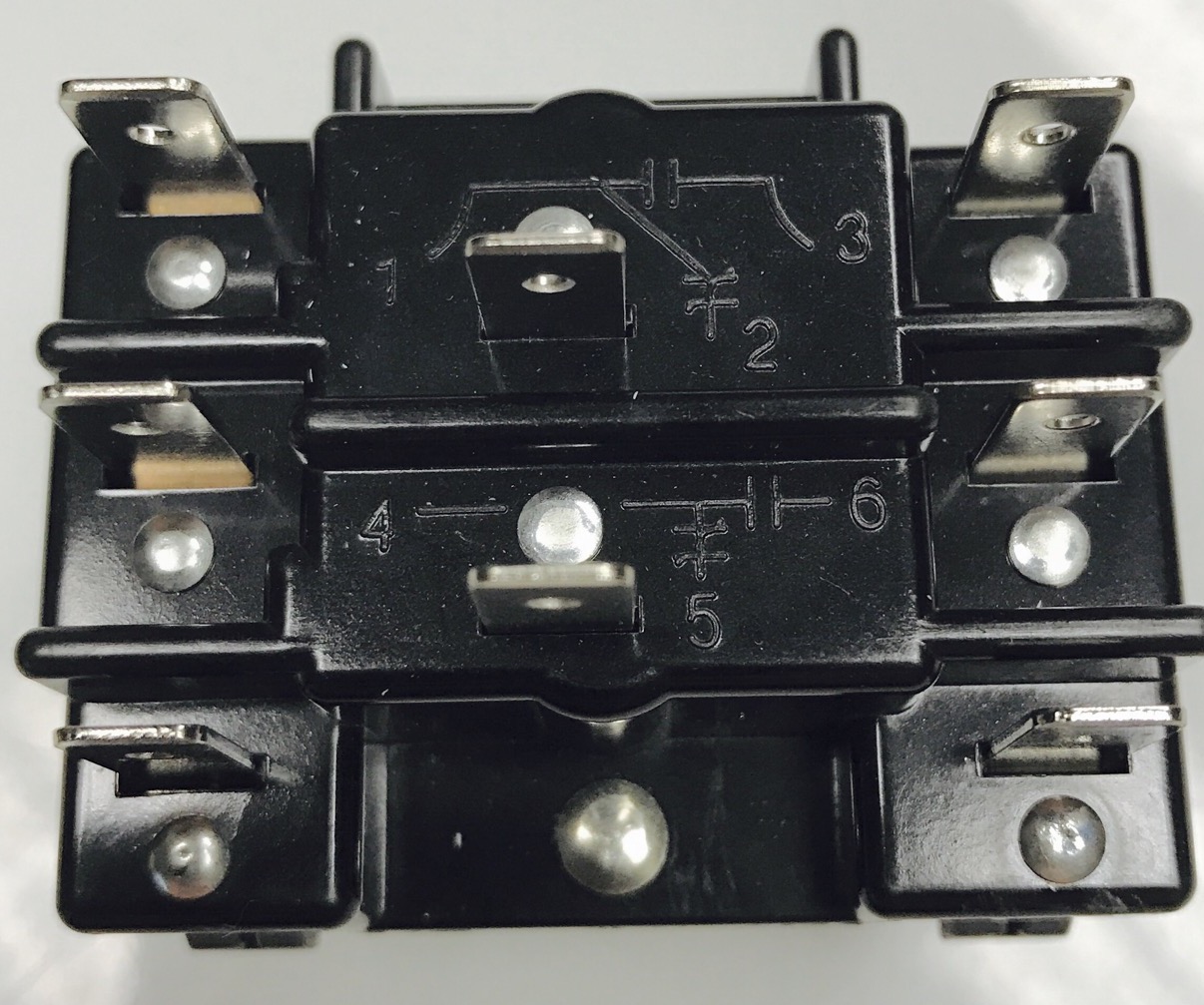

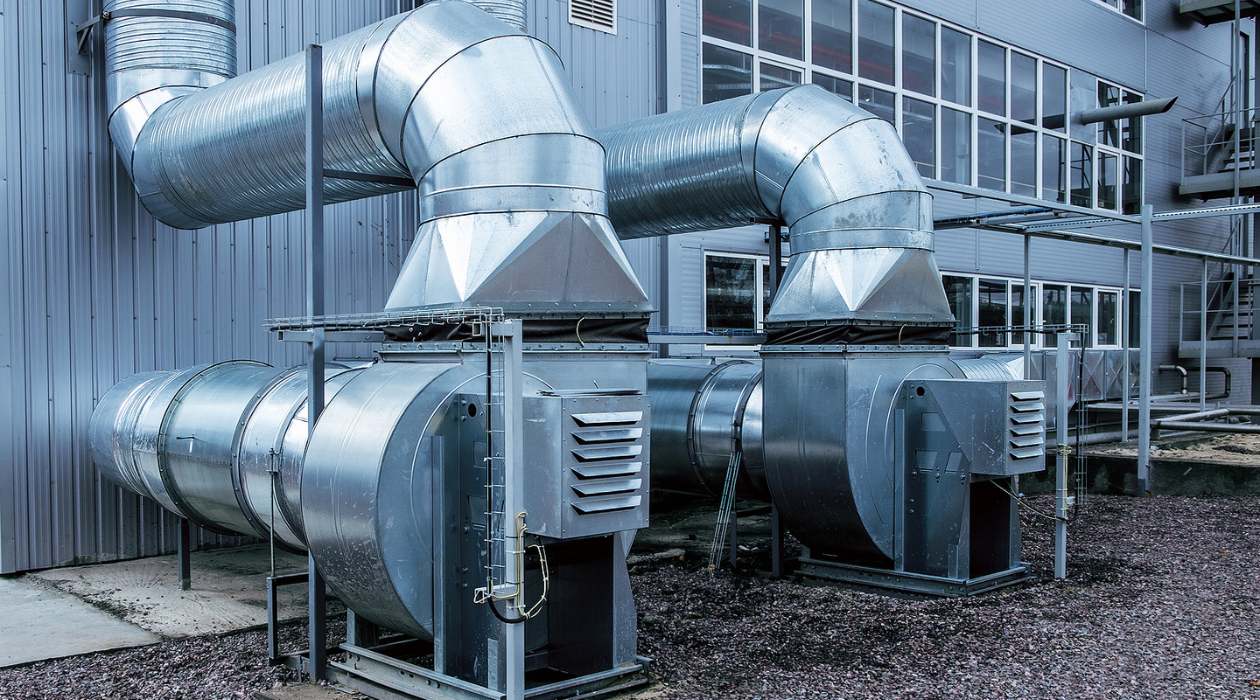
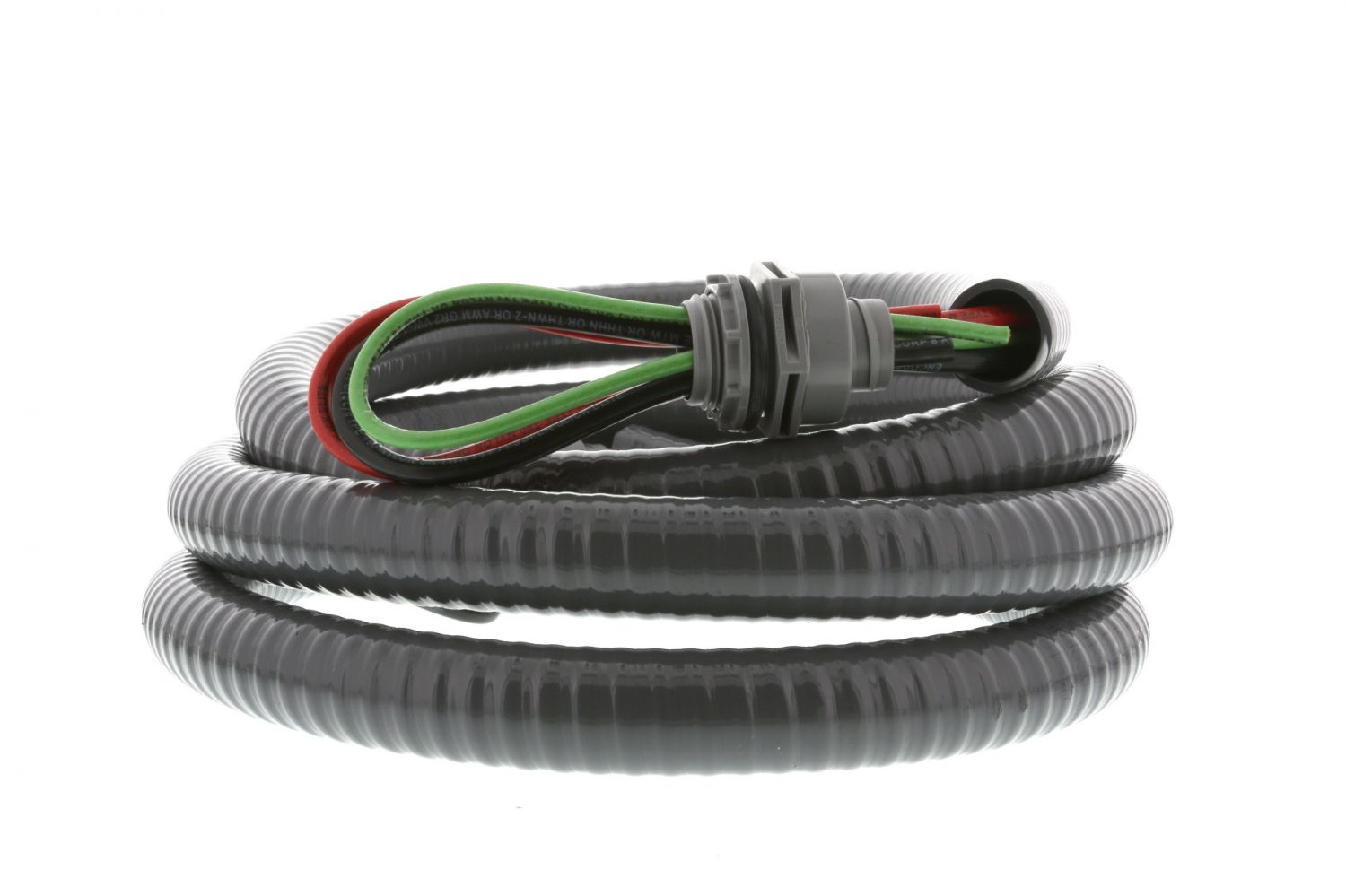
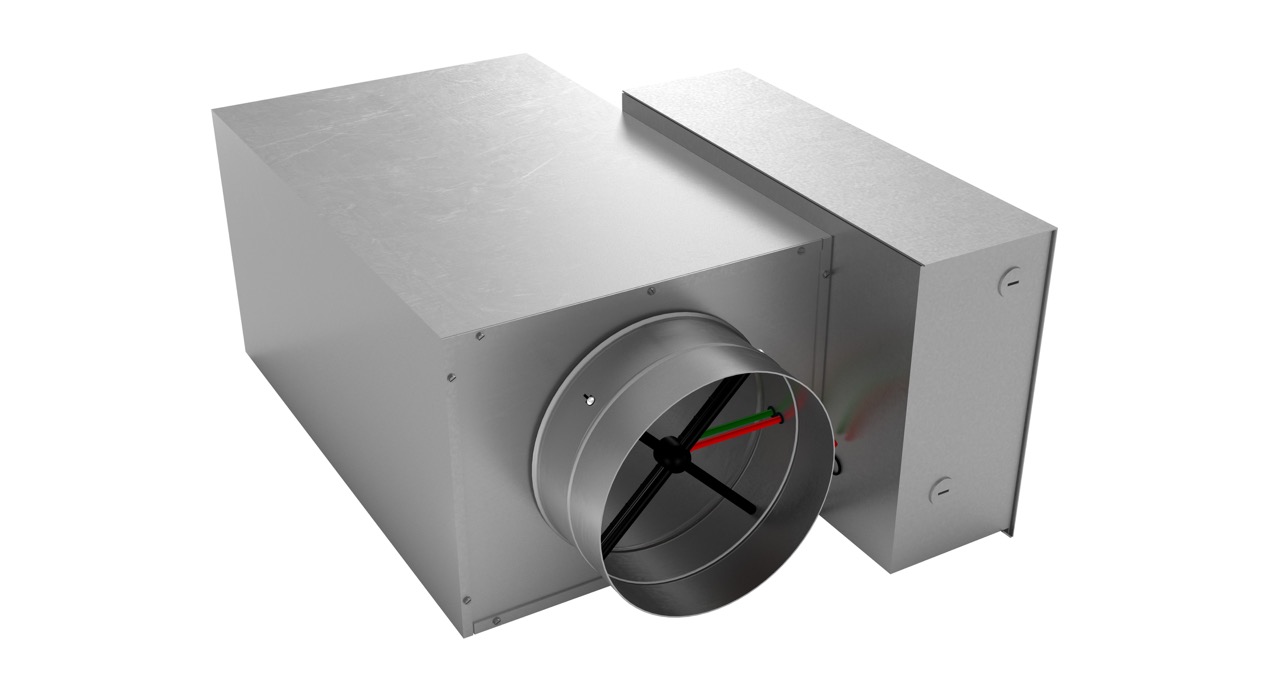
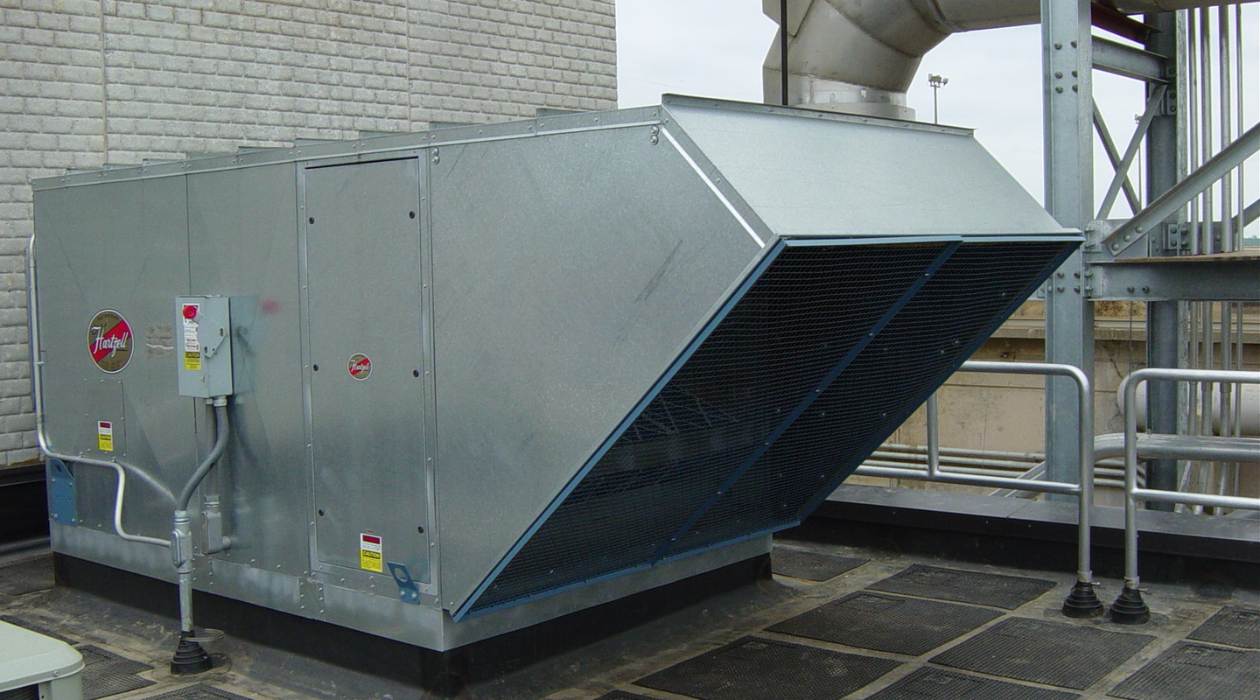
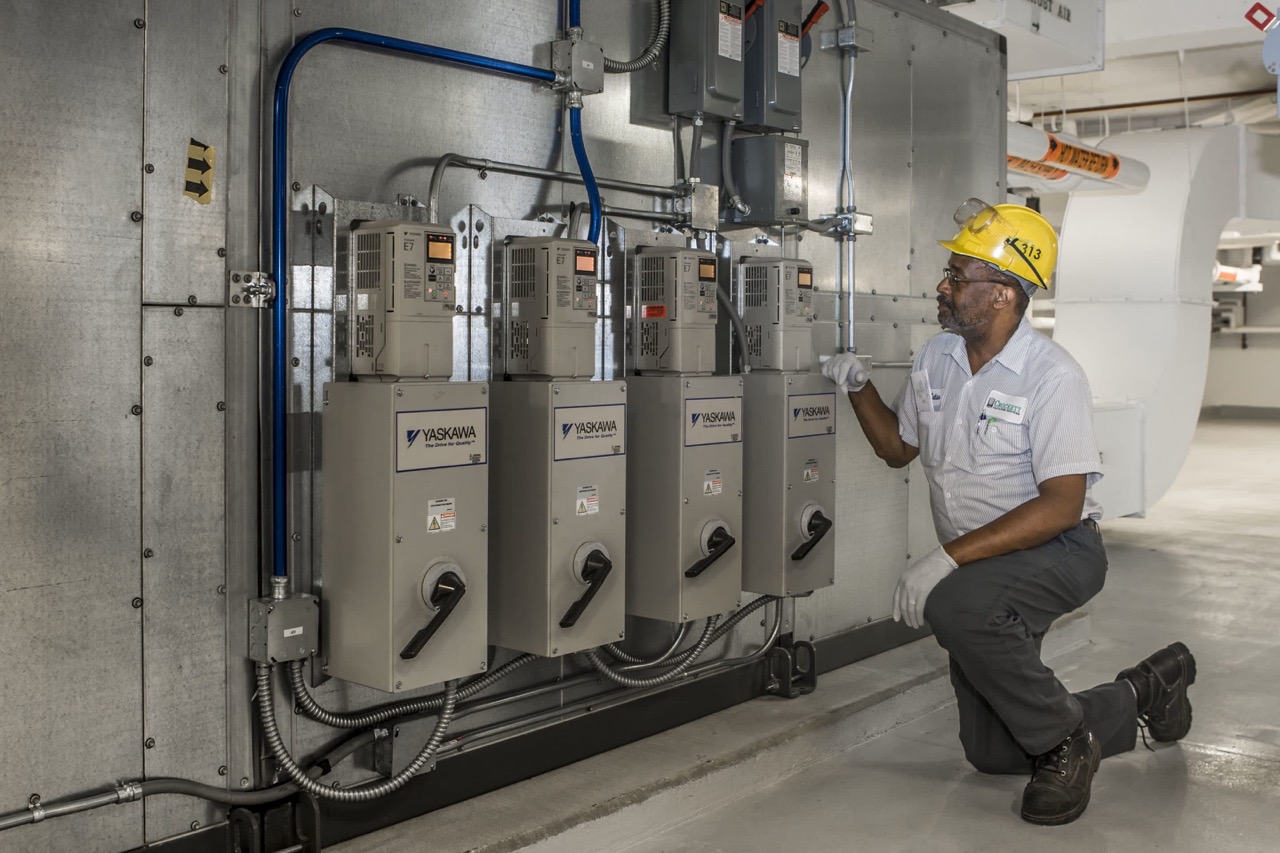
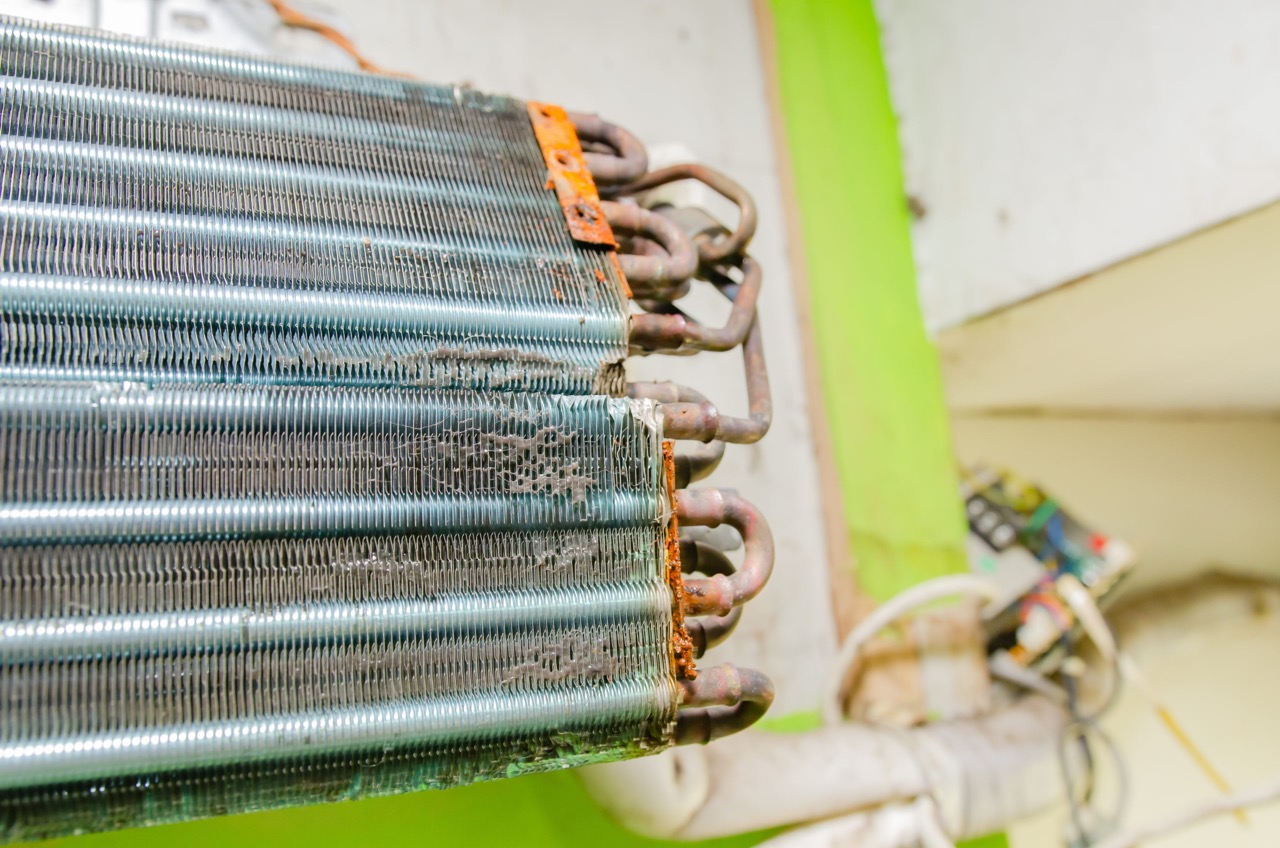
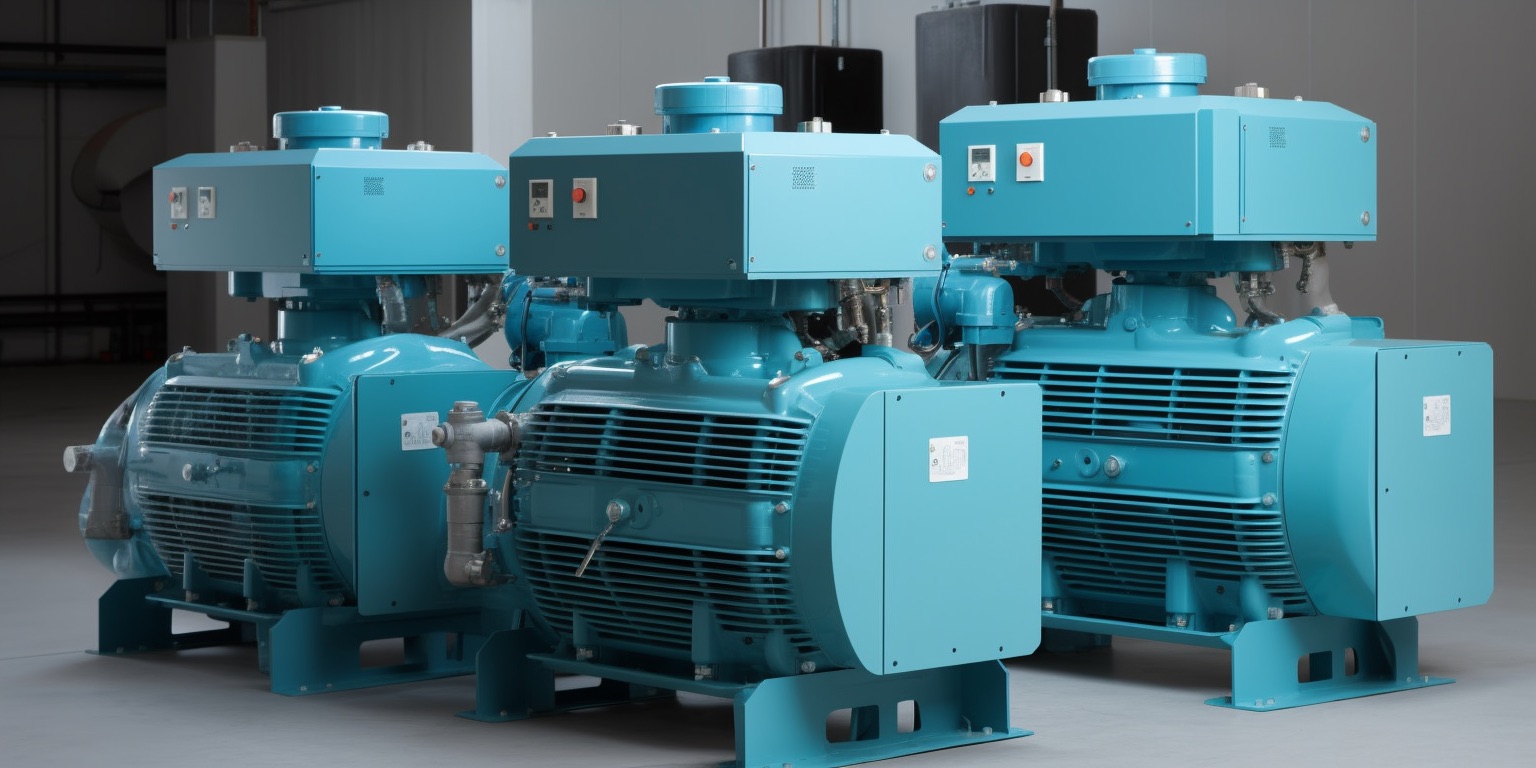
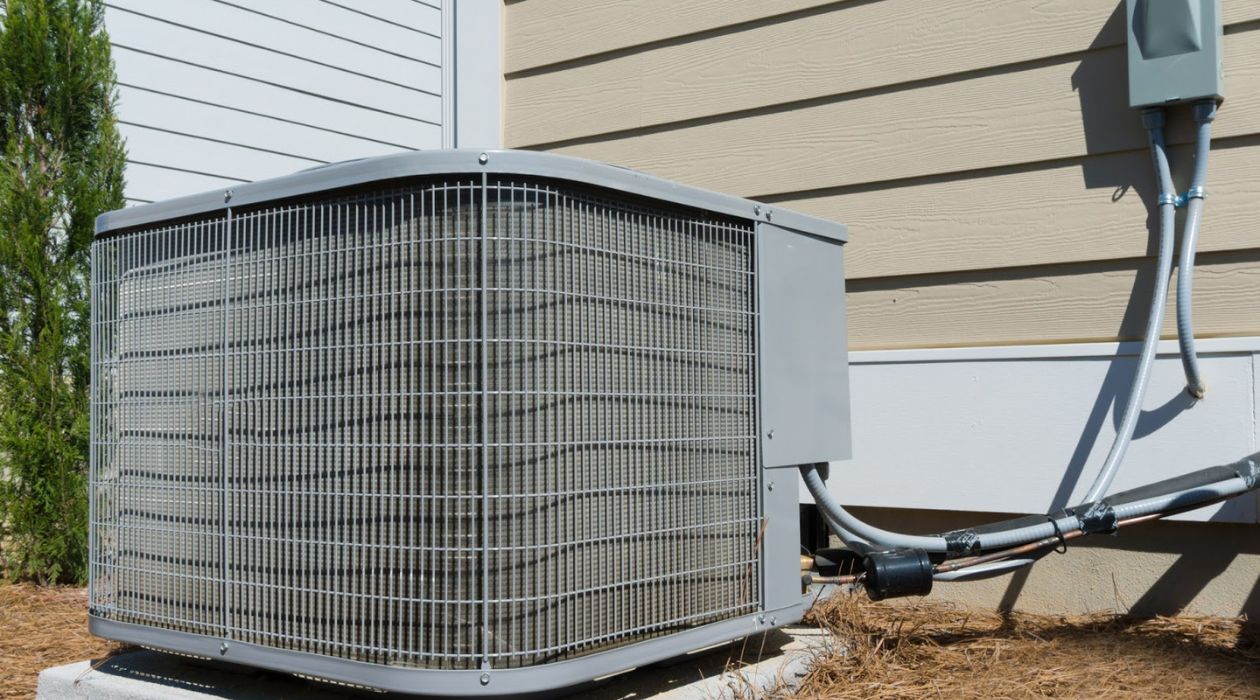


0 thoughts on “What Is TXV In HVAC”